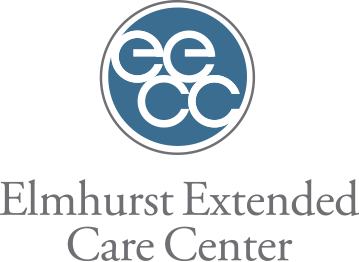Cardiac Rehabilitation Care: What to Focus On During Your Recovery
 Cardiovascular disease remains the number one cause of death in the United States. It’s no wonder heart health is talked about so much and why there is an entire week in the month of March dedicated to Cardiac Rehabilitation. With this in mind, we want to give you the top things to focus on when recovering after a heart attack.
Cardiovascular disease remains the number one cause of death in the United States. It’s no wonder heart health is talked about so much and why there is an entire week in the month of March dedicated to Cardiac Rehabilitation. With this in mind, we want to give you the top things to focus on when recovering after a heart attack.
Recover with Exercise and Physical Therapy
Exercise and physical therapy, specifically to strengthen your cardiovascular system is a great place to start. After consulting with your doctor, they may suggest aerobic and resistance exercise training for you. Your exercises should be specifically developed for what you are able to do and what is safe. The objective of exercise-based training it to get your heart pumping. Regular exercise may even reduce stress! Working out can have a positive impact on your overall mood and can improve your quality of life.
Start Heart-Healthy Living
What is heart-healthy living? This may be a term you hear often after going through something like a heart attack. To keep it in simple terms, it’s living each day making small choices that positively affect your heart health. Small steps to protect your heart health include avoiding things like tobacco, eating a well-balanced diet with more fruits and vegetables and limiting red meats and sweets. Making conscious decisions like taking stairs instead of an elevator; or eating an apple instead of ice cream seems small but each one of those choices is like choosing to care for your heart.
Manage Stress
Counseling and stress management is the third step to a successful cardiac rehabilitation program. Stress effects people in different ways but for every person, stress can contribute negatively on your health. Excess stress can lead to high blood pressure and can contribute to heart disease. Avoiding stress and learning to manage depression has shown to help in the prevention of a second heart attack. Talk to your doctor or healthcare professional about psychological and social therapies to manage your stress. Knowing how to properly recover after a heart attack is essential but keep in mind that prevention from a second attack is possible.
Turn to Your Support Team
Cardiac rehabilitation is a team effort, it includes yourself, your family or friends, and your health care support. Utilizing your support team during your recovery can have a huge impact on the future health of your heart. If you or a loved one needs assistance with care contact Elmhurst Extended Care Center at (630) 516-5000.




